Unlocking the Secrets of Lithium: Comprehensive Detection Methods You Must Know
Overview: Why Lithium Detection Matters
Lithium, a light and highly reactive alkali metal, plays a crucial role in various fields, from battery technology to pharmaceuticals. Ensuring the **precise detection** and analysis of lithium is essential for maintaining quality and performance in its applications. This article delves into the methods and instruments used to detect lithium accurately, shedding light on its critical importance in modern industries.
Sample Types for Lithium Detection
Samples for lithium detection can vary depending on the application and context. Common sample types include:
- Industrial materials: Lithium-ion battery components, ceramics, and glass.
- Environmental samples: Water, soil, and air, to monitor contamination or mining activities.
- Biological specimens: Blood or urine, especially in the context of lithium-based medications.
- Raw materials: Ores and brines for lithium extraction and refinement.
Key Detection Parameters
Detection of lithium typically involves analyzing several parameters to ensure accuracy:
- Concentration levels: Measuring lithium in ppm (parts per million) or lower concentrations.
- Purity: Detecting impurities and ensuring the integrity of lithium-containing materials.
- Isotopic composition: For advanced applications such as nuclear technology.
- Environmental impact: Monitoring lithium's effects on ecosystems.
Advanced Instruments for Lithium Detection
Accurate lithium detection relies on state-of-the-art instruments:
- ICP-MS (Inductively Coupled Plasma Mass Spectrometry): Offers high sensitivity for detecting trace lithium in complex samples.
- AAS (Atomic Absorption Spectroscopy): Suitable for direct lithium quantification in liquids.
- Ion Chromatography (IC): Separates lithium ions from other components for precise measurements.
- XRF (X-ray Fluorescence): Enables non-destructive analysis of solid materials.
Choosing the right instrument depends on the sample type, required sensitivity, and the specific application.
Detection Methods: How Lithium is Analyzed
Several methods are employed for lithium detection, tailored to the desired outcomes:
- Direct Analysis: Techniques like AAS and ICP-MS offer quick results for concentration and purity.
- Titration: A classical method for determining lithium content in pharmaceutical formulations.
- Ion-Selective Electrodes: Used for real-time monitoring of lithium in liquids.
- Spectroscopic Analysis: Employing UV-Vis or Raman spectroscopy to detect lithium in different matrices.
Combining methods often provides the most reliable results, especially in complex analyses.
Conclusion: Ensuring Accuracy in Lithium Detection
Lithium detection is a cornerstone of innovation across diverse fields. By employing the **right instruments**, focusing on **key parameters**, and using **advanced methods**, researchers and industries can ensure the quality and performance of lithium-based applications. The journey to mastering lithium detection is a gateway to unlocking the full potential of this extraordinary element.
结语
以上是关于Unlocking the Secrets of Lithium: Comprehensive Detection Methods You Must Know的介绍,如有其它问题请 联系在线工程师 。




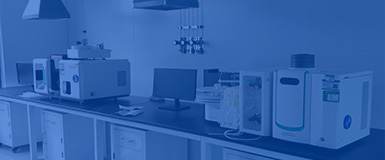
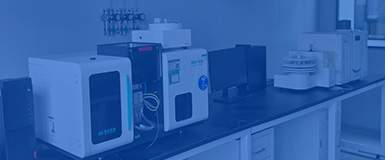
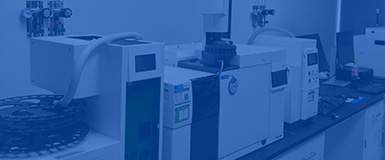
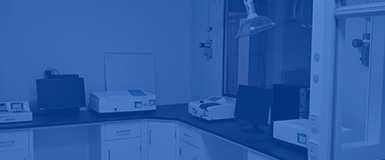
 第三方检测机构
第三方检测机构


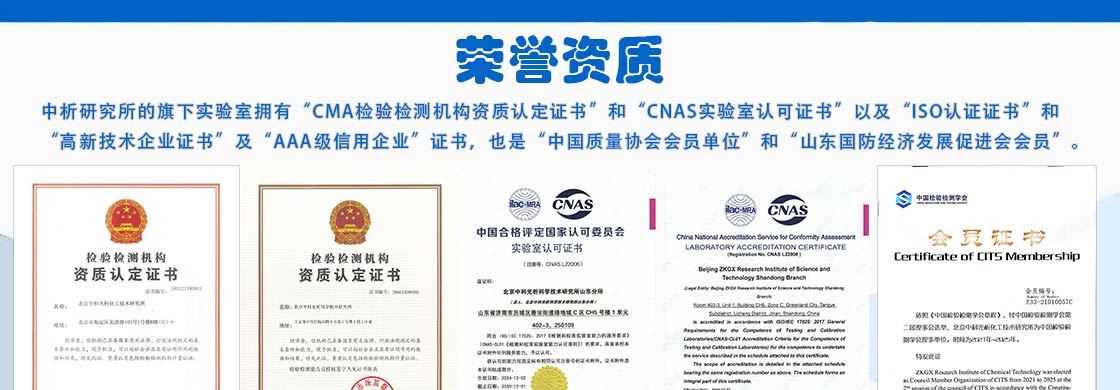
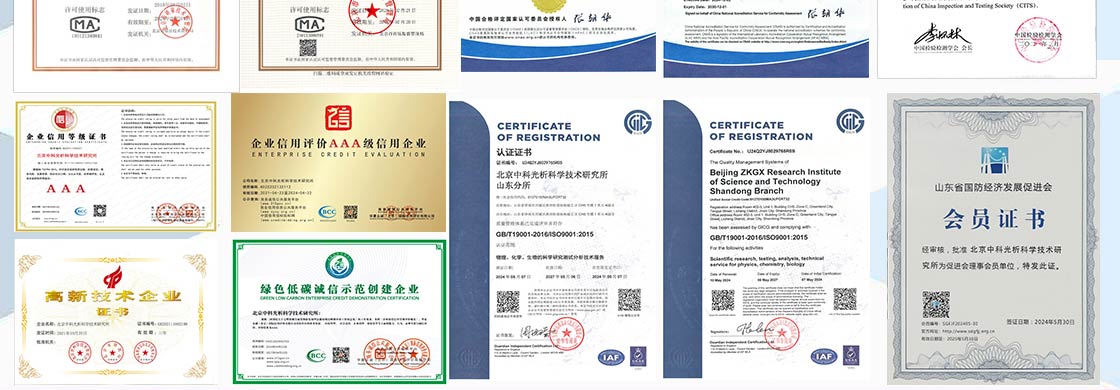
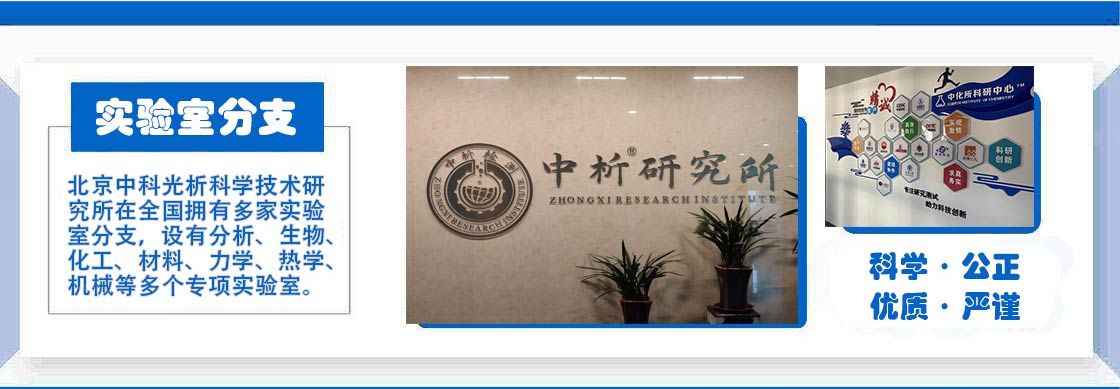
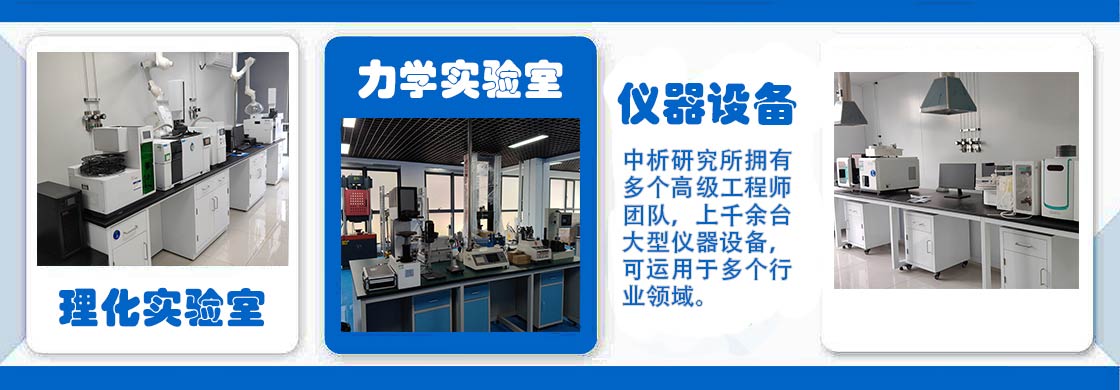
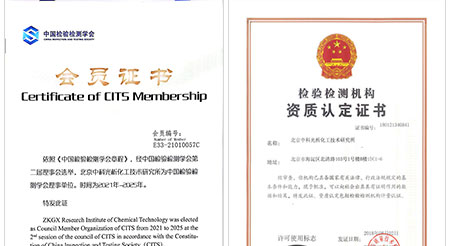
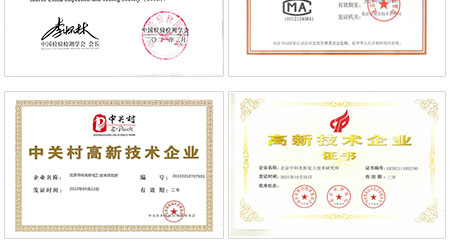



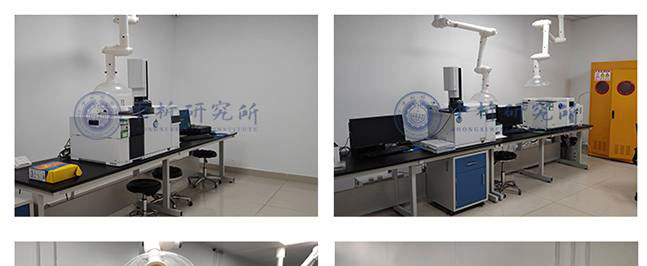
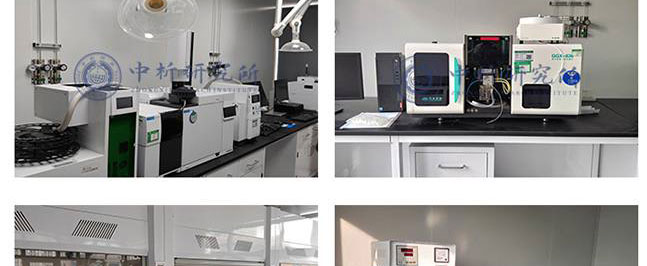
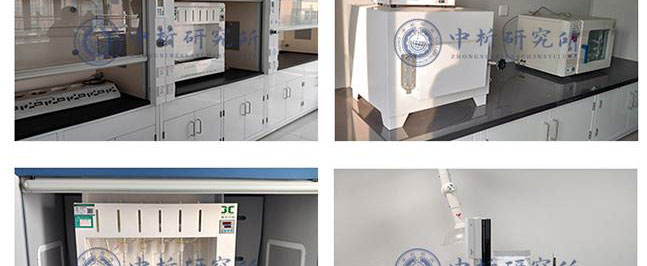
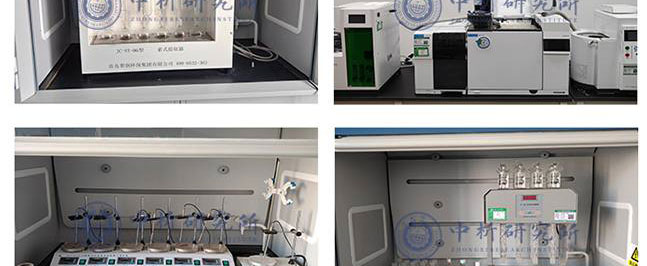
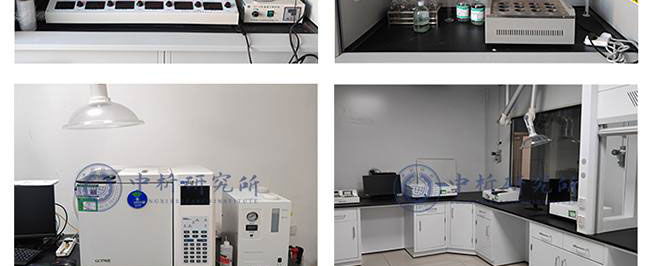
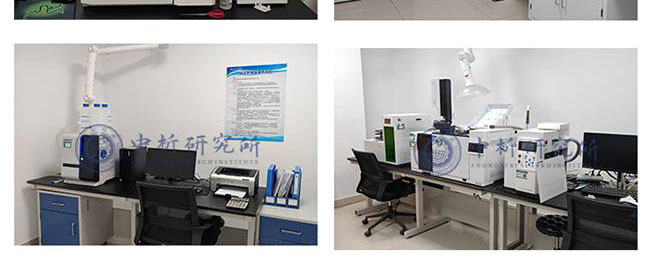




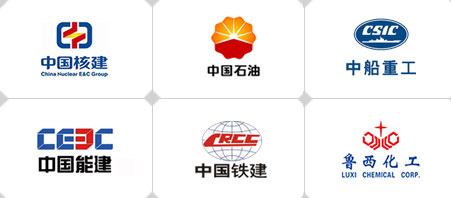
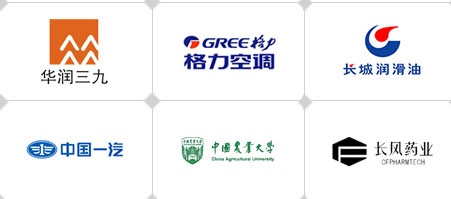
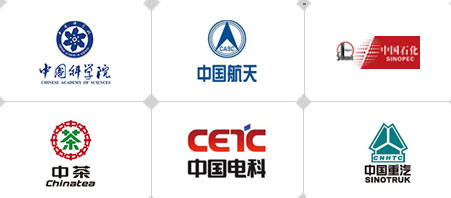
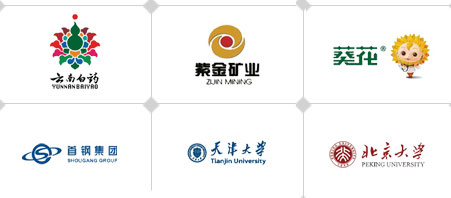









 备案号:
备案号: